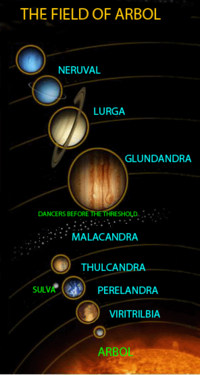
This act of modern missionary myth-making, inspired freshly invented mythographies of time, place, and character: Tolkien’s Middle-earth is nostalgic England, England now and forever Charles Williams, a fellow Inkling, contributed Arthur’s lost Logres Lewis’s Perelandra emerges as Eden unveiled, unspoiled, unfallen, unexplored, now reintroduced. In other words, they coveted books that provided a literary portal to another world, an authentic Neverland where justice reigns and the good, the true, and the beautiful are honored and celebrated. Mythopoeia was the label for this reinvigorated art of re-enchantment-“the sub-creation” of secondary, alternate worlds that could host readers’ escapes, not from reality, but to reality, a return to the story of civilization and a destiny hidden from them.

Their narratives proffered central themes that simultaneously uplifted the spirit while challenging the conventional wisdom, our “disenchantment,” of the present age, pushing readers toward the true reality now made visible. For Lewis, as for Tolkien, such stories of derring-do, daunting quests, vistas populated by fantastic yet credible characters accomplished what mere philosophical argument could not. Tolkien hoped to reinvent for a 20th Century audience-an audience they felt was too easily subverted by rampant literary naturalism and modern scientism. “Romance” was Lewis’s catch-all term for the genre most congenial to the science fiction and fairy tale genre he and J. Lewis, 9 August 1939, in The Collected Letters of C. He replied whimsically: “Any amount of theology can now be smuggled into people’s minds under cover of romance without their knowing it.” (C. Lewis, had written to him about the provenance of his first space travel adventure, Out of the Silent Planet, a volume remarkably full of theological insight. Sister Penelope, a winsome, lifelong correspondent of C.


 0 kommentar(er)
0 kommentar(er)
